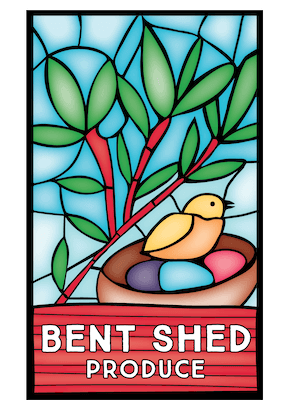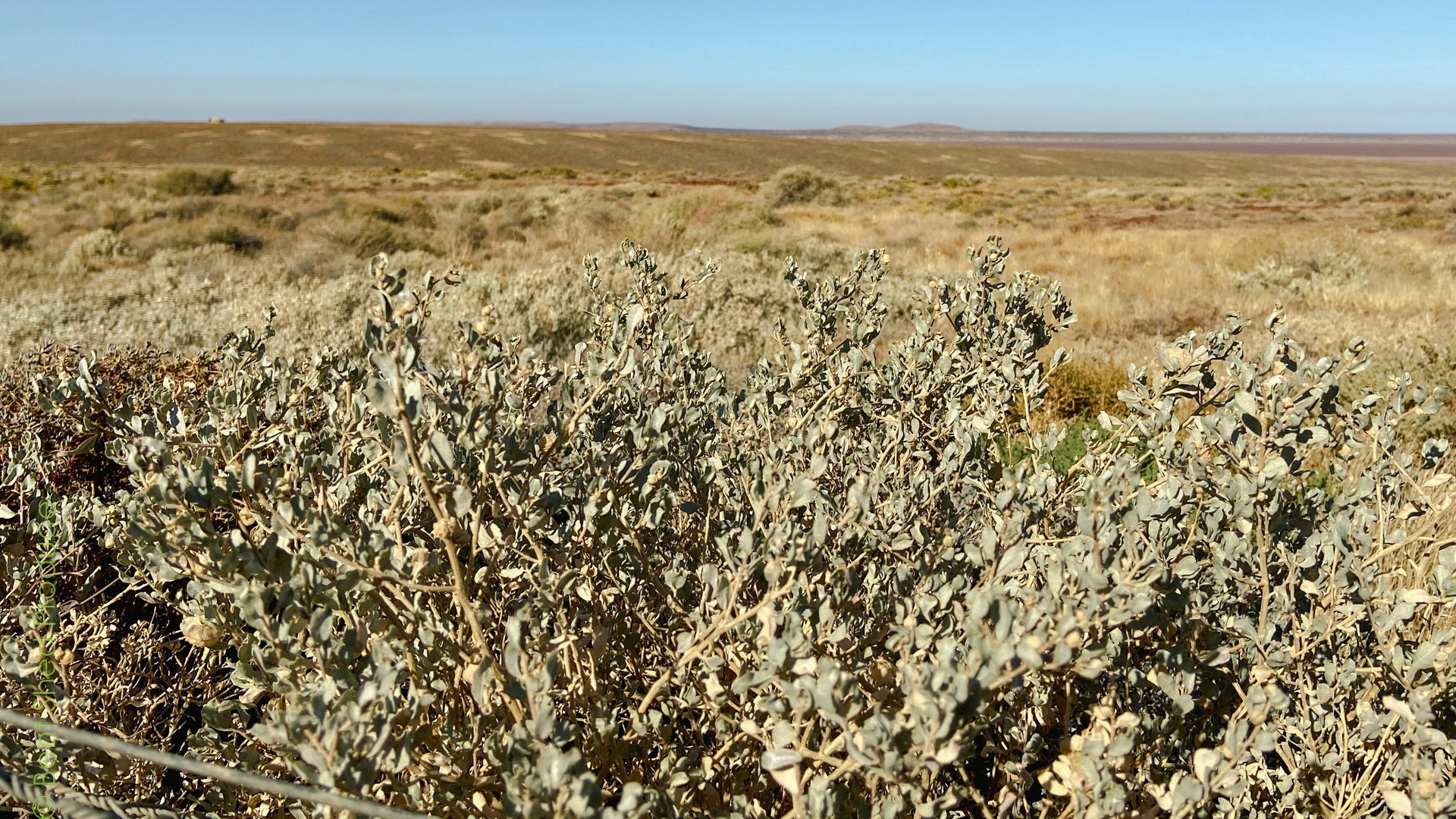Salt without sodium
Saltbushes are a wide family of plants across the world. In Australia, the leaves, berries, and seeds are eaten.
It is also very palatable to livestock such as sheep and goats, and gives them a delicate salty flavour known as “pre-sale” by the French (“pre-salted”). Such salt-fed livestock is prized in Australia and across the world. There is significant potential in planting paddocks with suitable Saltbush varieties to mitigate the increasing impacts of climate change.
Latin name: Various
Known edible varieties include:
- Atriplex nummularia – Old Man Saltbush. The most commonly found, used for its salty, bitter-dusty leaves. Saltiness is entirely dependent on the salinity of the soil in which they’re grown – domestic Old Man Saltbush may have virtually no salty flavour.
- Atriplex semibaccata – Berry Saltbush
- Atriplex cinerea – Grey Saltbush
- Einadia nutans – Nodding Saltbush
- Enchylaena tomentosa – Ruby Saltbush (the pink, red, orange and yellow berries are beautiful and delicious)
- Rhagodia spinescens – Creeping Saltbush (forms a low shrubby mound)
Eating
- Salty leaf, some with a sharp/bitter flavour.
- Can be used both fresh and dried.
- Very tasty deep-fried and added to dishes for texture and flavour.
- Some varieties are more tender than others – some can be very tough when fresh and are better dried and used as a herb.
- Very good dried and used as a salty, herby spice for meats and savoury dishes.
- Berries are edible and very tasty, although generally very small. A small crisp sweet mouthful as a lovely snack.
- They’re highly decorative, generally slightly translucent and coming in a range of colours from deep ruby-red through to pink and yellow. The Ruby Saltbush berries are called “Ruby Reds” in Arrernte country.
- The seeds are also edible, and can be added to baked dishes such as breads, cakes or biscuits.
Growing
- There are many varieties of saltbush, and most are edible to humans.
- In general, saltbushes are very hardy and grow well in all climates and soils.
- Some plants can grow very large and tough.
- The taller plants hedge very well, such as “Old Man Saltbush”.
- Poultry eat some saltbushes but not all.
- Livestock do very well on saltbushes and it can flavour the meat.
- It can be tricky to establish from seed in regions outside its natural range, but do well if planted out as seedlings.
- Generally require full sun to set fruit, but can do very well in shady locations if only the leaves are needed.
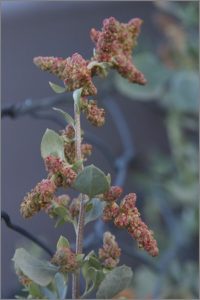
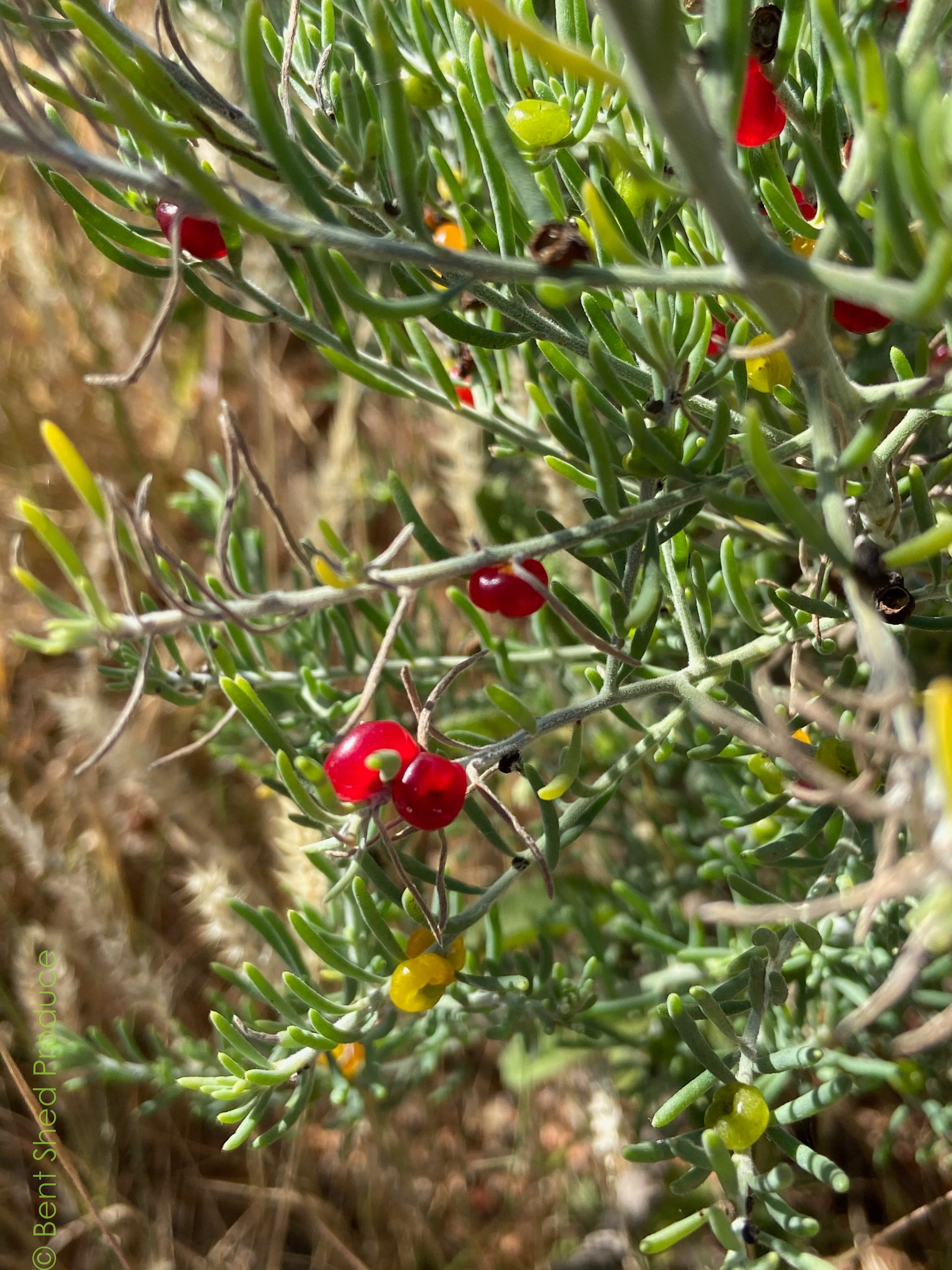
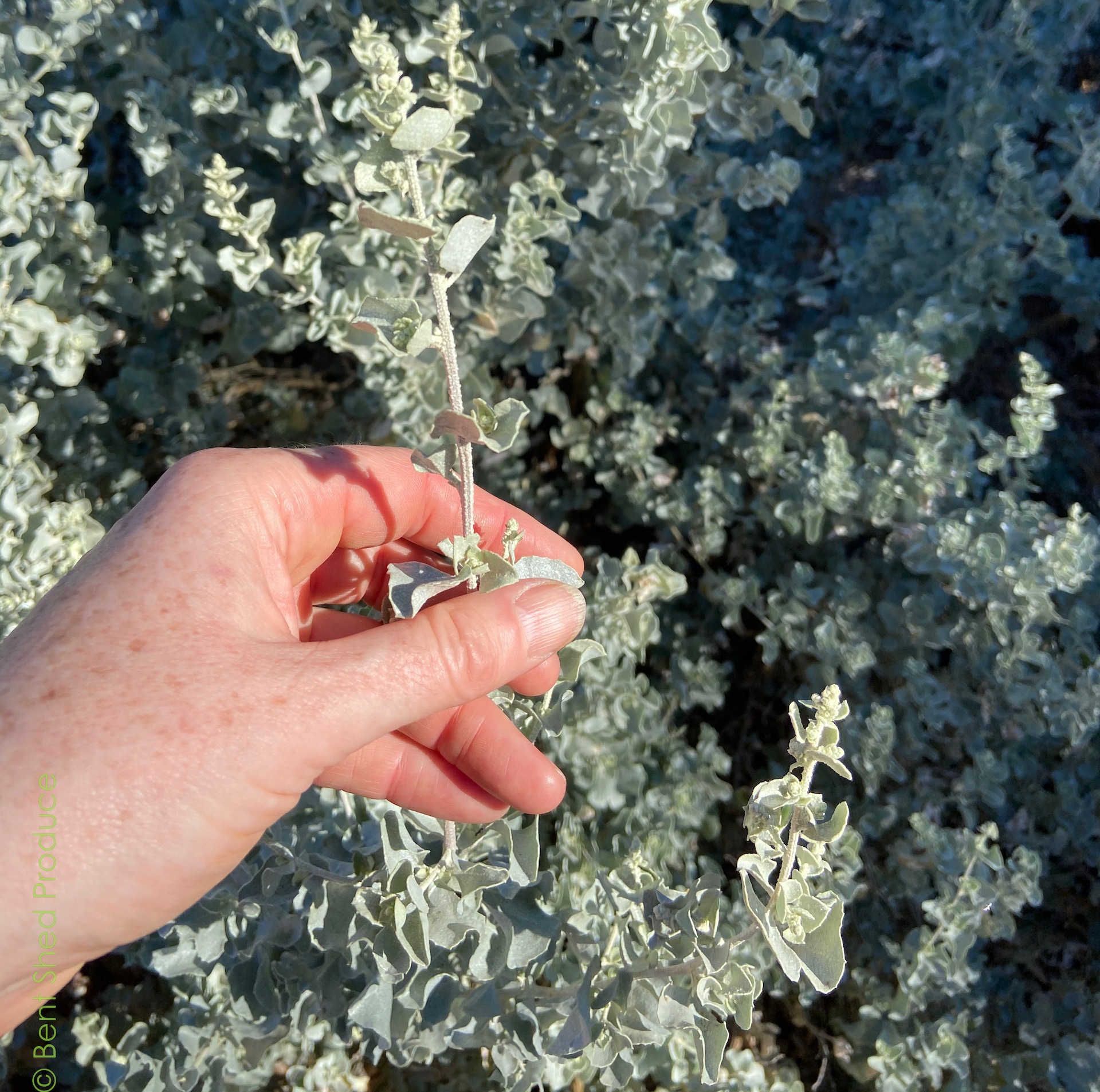
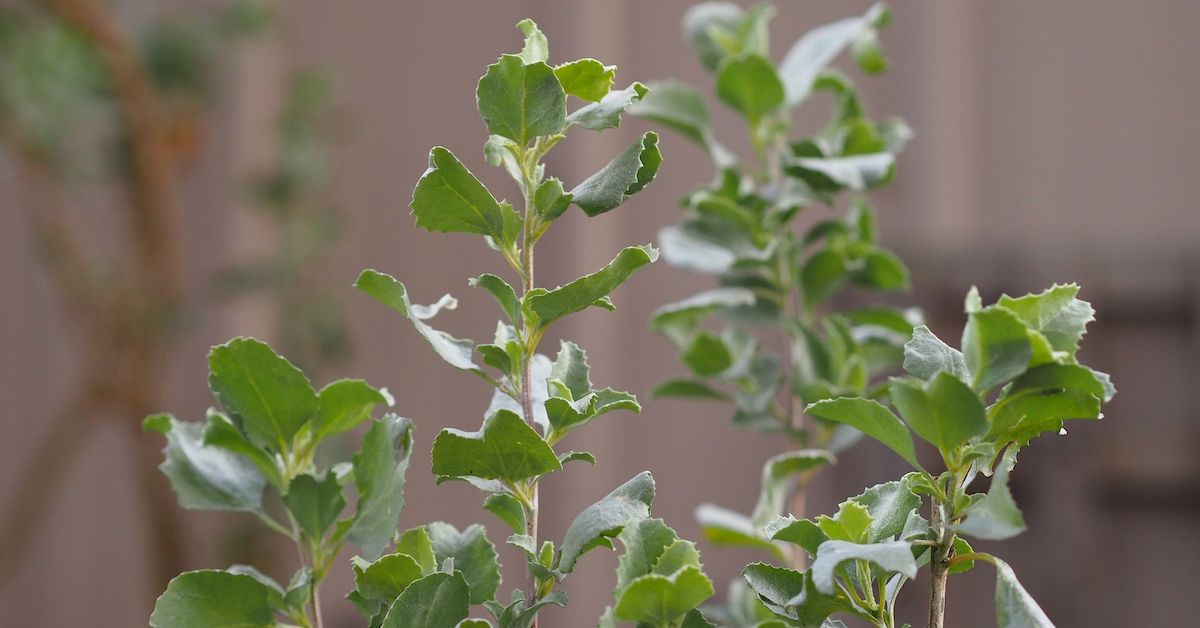
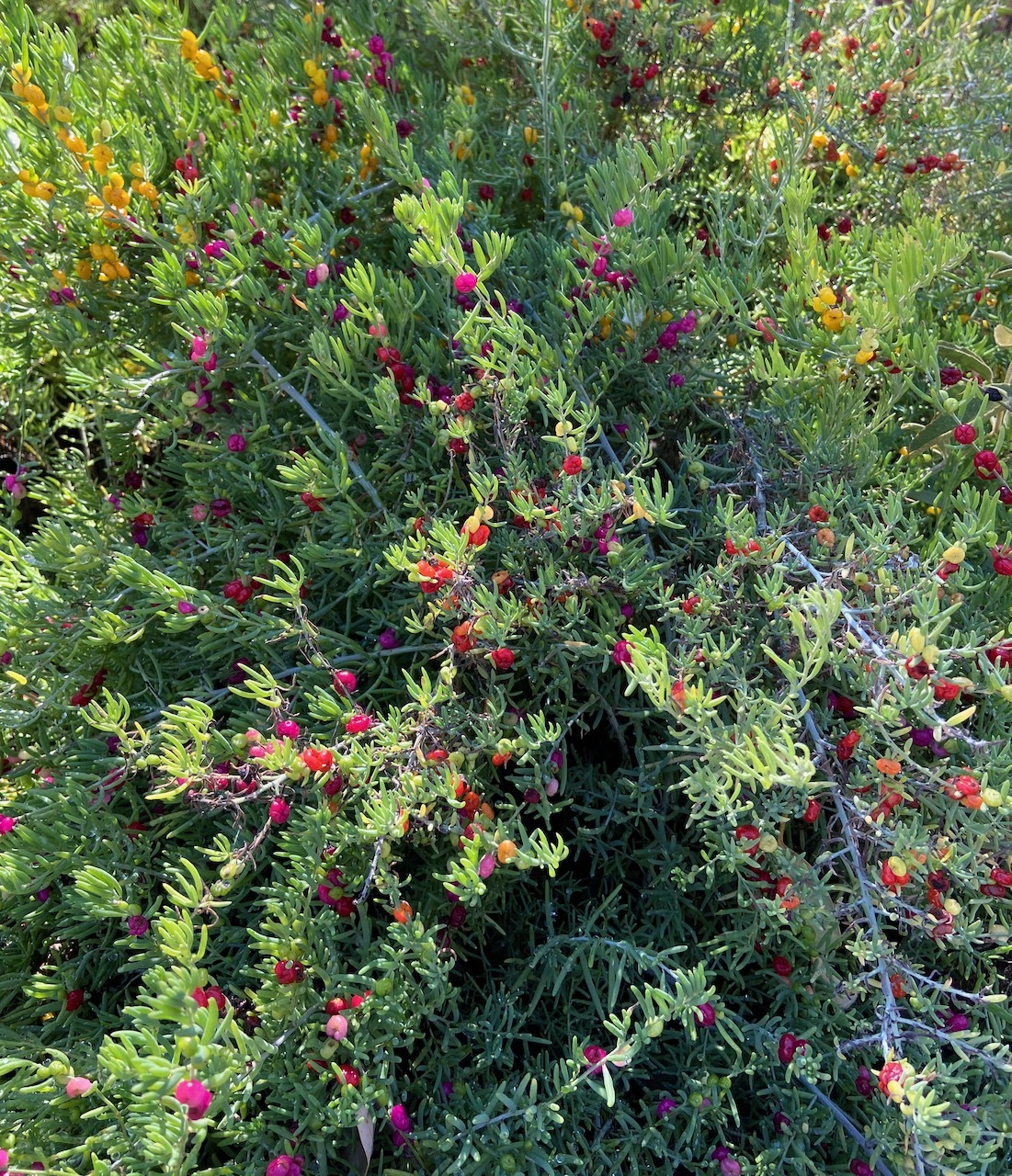
Harvesting and storage
- Use both whole and ground leaves, both fresh and dried.
- Leaves dry best in a cool, well-aired location. Keep out of direct sun or heat for the best result.
- If harvesting your own plant, try keeping leaves on pruned branches and placing in a vase with no water. Ensure good airflow around the stems and leaves to prevent mould.
- The result looks wonderful, and will give out a subtle scent over the next week or so as it gently dries.
- Leaves can also be dried at low heat in a dehydrator.
- Leaves can then be easily stripped off the stems and placed in an airtight container for storage.
- Whole leaves will keep their savour for a good 12 months, if need be.
- Grind by hand or in a high-powered blender and store in an airtight container.
- Ground leaves will retain the best scent for about three months.
- Berries tend to be small and best eaten fresh. However, plants such as Ruby Saltbush are so prolific that it may be worth drying or freezing the fruit in bulk for re-use.
- The large seed at the centre of the fresh berry can be eaten.
- Saltbush seeds can be used as well; for eg, ground into flour. Seed sizes vary from poppy-sized through to wattleseed-sized.
